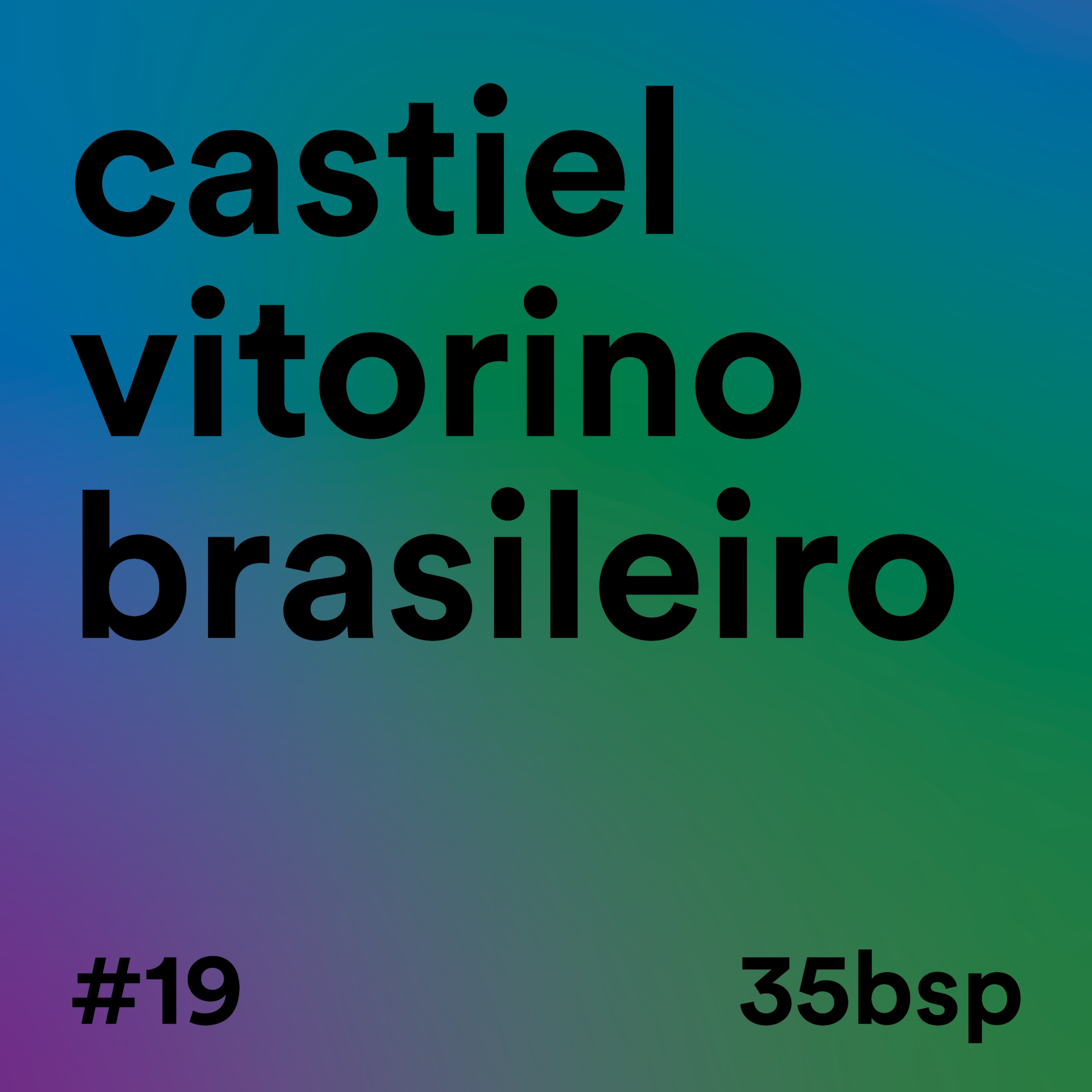
Castiel Vitorino Brasileiro
Almost at the end of our journey through the Bienal, we came across the installation by Castiel Vitorino Brasileiro, an artist who constructs her work, as she herself says, “not from modern identities, but from her own hybrid condition.”
From this hybridity, the artist refuses the labels and categorizations that try to circumscribe her identity. A black trans woman, she sees her work as a warning that “we can live another story than this racial and gender one”.
Castiel Vitorino Brasileiro’s installation for the 35th Bienal is called Cena da biologia do desenvolvimento: a alma dentro estas matérias [Scene of development biology: the soul inside these matters]. About this work, the artist tells us that “inserting souls into modern studies of earthly life is as dangerous as transforming biology into a spiritual discipline. In both cases, we come up against the matrix that generates life: the inability to celebrate the transformation of matter and ignore the memory of what we have decided to call an object.”
It’s a huge installation. On the floor, covered in dark brown earth, is a blue boat with its hull turned upwards and partially buried in the ground. On top of the boat’s hull are dozens of glasses and bowls. Behind it, 12 long eucalyptus trunks, stacked neatly, form a triangular base. After the trunks, there is a collection of 36 bowls, those typical earthenware containers of different sizes and shapes, filled with charcoal. They are arranged equidistantly in six rows and six columns. In the background are the ruins of what Castiel calls a museum. This intriguing museum is made of red clay bricks. There is no roof, only walls, which are reminiscent of ruins. One of them reads the inscription: “Museum of soulful objects stolen by the Brazilian police”. The walls of this museum house five paintings by the artist. The installation, seen from above, is rectangular, with the boat, the logs, the bowls and the ruins from right to left.
According to the artist, “there is no such thing as an object when we consider that there is life in everything. In the boat, in the eucalyptus trees responsible for criminal monocultures, in the dark, reddish soil made up of nutrients generated over thousands of years. In the paintings that express thoughts and emotions about our origins. In the food that satiates the hunger of anatomies that are unaware of the split between art, science and spirit. Ori. In a ruin of a museum that appears to be fictitious, but isn’t.”

 Português
Português